Sonbhadra: The district of Sonbhadra sticks out like a sore thumb on the map of Uttar Pradesh, reaching so far south as to taper away from the rest of the state.
From Varanasi, Prime Minister Narendra Modi’s constituency, district headquarters Robertsganj is three hours away by road, with a landscape that slowly morphs from grotty, crowded streets into vast, open plains.
The river Son, the second largest tributary of the Ganga, from which Sonbhadra gets its name, runs through the district, giving life to its soil and powering its dams.
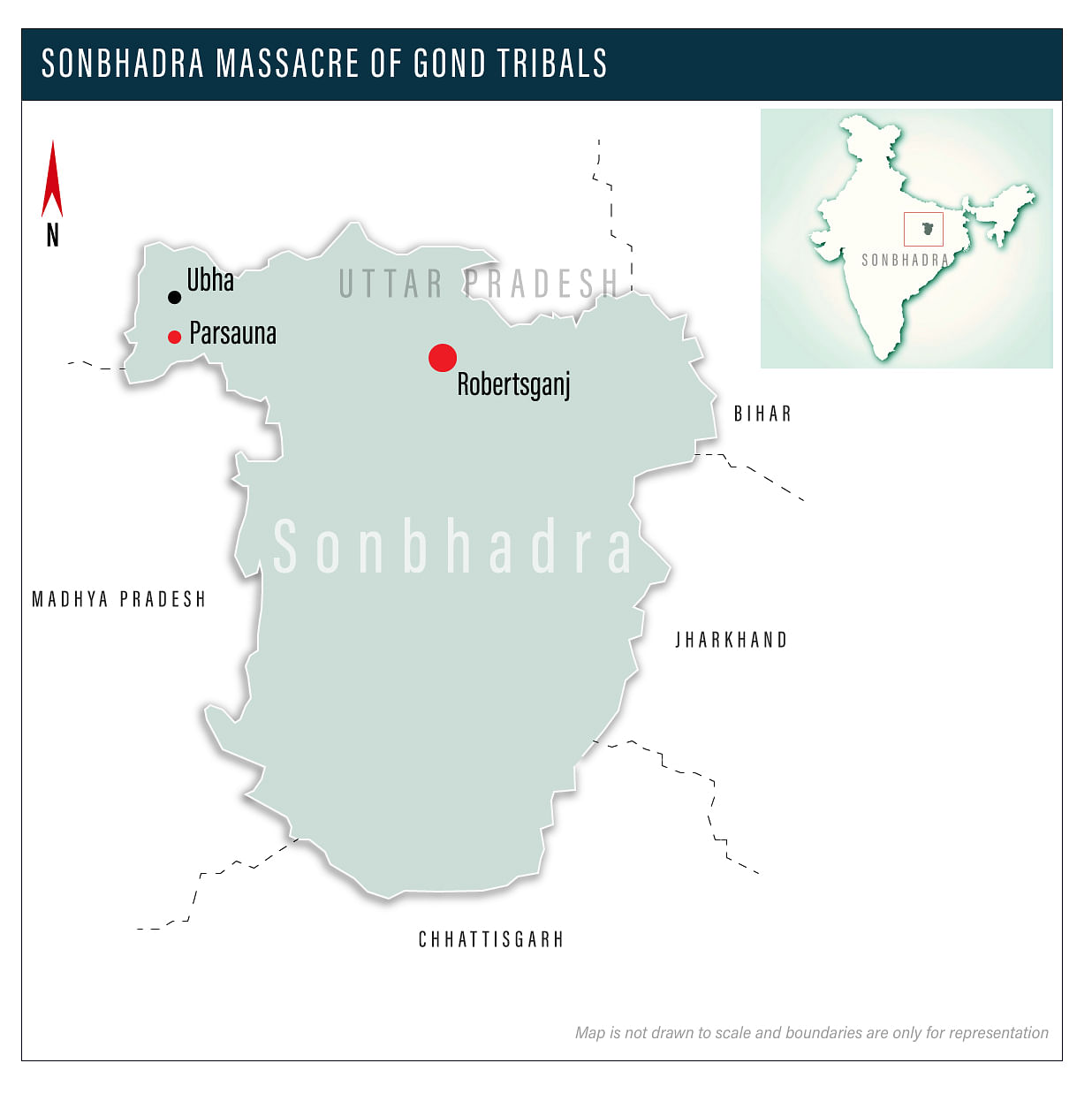
This idyllic landscape conceals the state of tumult in which Sonbhadra has existed since it was carved out of Mirzapur in 1989. It seems nobody wants to go there, unless a crisis drags them for photo-ops: As UP Chief Minister Yogi Adityanath and Congress leader Priyanka Gandhi did recently. It seems nobody can even survive there for long. In the past 30 years, it has seen 36 district magistrates, that is an average tenure of a mere 10 months each. The latest to be shunted out is Ankit Aggarwal, who was transferred on 2 August following the massacre of 10 Gond tribals.
On 17 July, the tribals were massacred allegedly by their upper-caste Gujjar pradhan (village headman) in Ubha village for occupying land he claims he had bought. A special investigation into the crime found that a trail of corrupt bureaucrats, going back to 1955, was at the heart of the matter. The probe’s findings compelled CM Adityanath to transfer the district magistrate, only six months into his term, and the superintendent of police, for their alleged involvement in the case.

“This might be the first land dispute that was so deadly in Sonbhadra, but it definitely won’t be the last,” said advocate Vikas Shakya, who works on cases related to land rights and practices in Sonbhadra’s district courts.
“Disputes like this are unfolding all across the district. If the historical wrongs that have allowed a crisis like this to occur are not corrected, all these disputes could boil over in a similar way.”
A development dream gone wrong
The “historical wrongs” Shakya spoke of are seen across Sonbhadra’s peculiar landscape. The district is UP’s second biggest after Lakhimpur Kheri, but home to a relatively small population of 18 lakh, out of which 40 per cent — higher than any other part of the state — belong to either the Scheduled Castes or the Scheduled Tribes.
“Traditionally, SCs and STs in the district have been forest dwellers or have worked on land cultivation through agriculture,” said Nitesh Bharadwaj, an independent filmmaker who has documented the district’s history. “Most of the adivasis occupying land have been working on it for generations, before land records were properly scripted.”
Until the early 1950s, Sonbhadra’s land had been relatively untouched, and the minerals beneath its soil unknown. The value of its natural resources was only fully realised when, after Independence, prime minister Jawaharlal Nehru promised to set up infrastructure that would make India a modern, more developed nation. The Son river provided the perfect opportunity. Its reservoirs were to power India’s biggest dam at the time — the Rihand dam.
Construction began in 1954, but a decade and Rs 37.5 crore later, the dam was producing 300 megawatts of energy and sending it to three cement and power plants that had set up shop in the district. At the dam’s inauguration in 1964, Nehru famously said Sonbhadra would be the Switzerland of India. But the district’s developmental arc took a somewhat twisted turn.
The dam’s construction prompted more investments to the district: Between 1962 and 1967, the Aditya Birla Group set up aluminium and chemical factories, and another power plant of its own. The Jaypee Group bought a cement plant, the Essar Group a steel plant, and the National Thermal Power Corporation (NTPC) set up three more power plants.
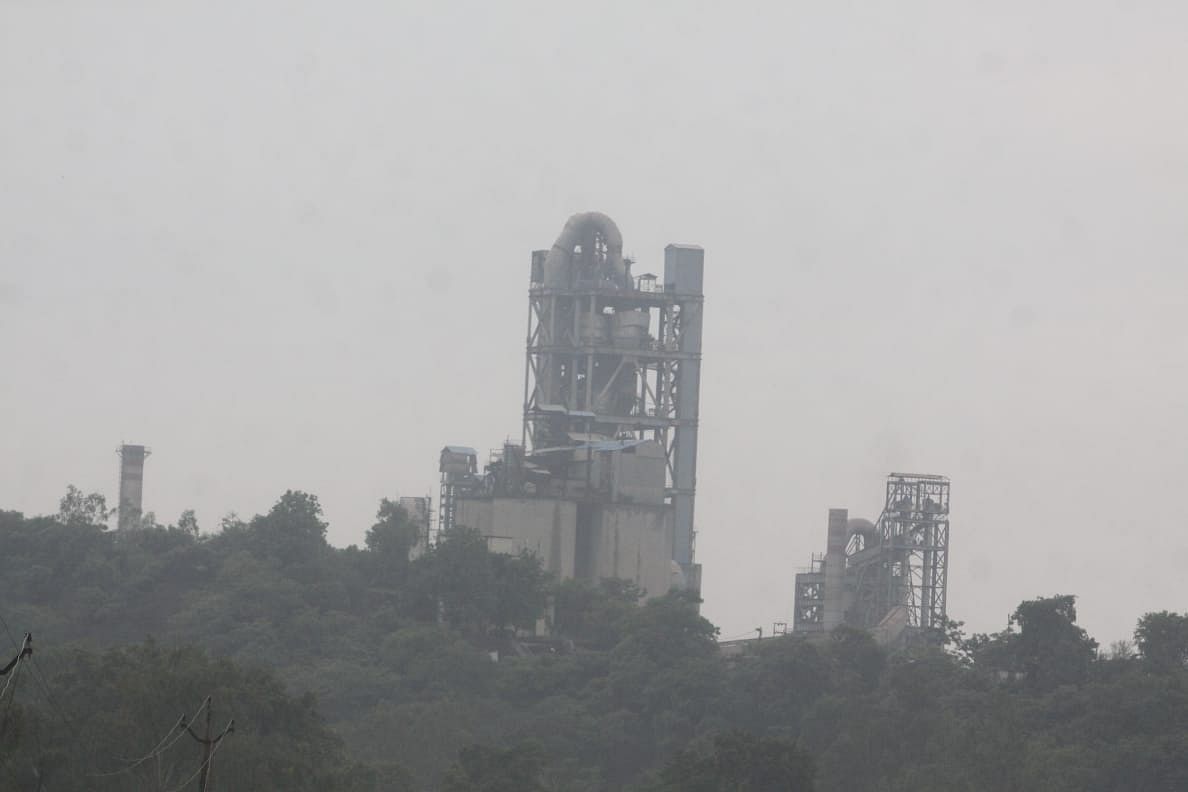
As bauxite, coal, limestone and gold were discovered in Sonbhadra’s soil, countless miners set up operations. Today, the district, nicknamed the ‘power capital of India’, produces at least 12,000 MW of power, with 32 major plants, factories and mines dotting the area.
“But this mineral-rich land belonged to those cultivating it, who, at the time, had no safeguards like the Forest Rights Act to claim their land,” Shakya explains. “Plus, they are illiterate, with no paperwork to prove that they had been occupying the land for generations.”
Even as Sonbhadra amasses wealth from its industrialisation — drawing investments from Japan, the US and the UK — it remains one of UP’s most backward districts. Far from Nehru’s vision, the projects have led to an estimated 2,00,000 to 3,00,000 people being displaced, pushing them into further poverty.
Also read: By mostly jailing Dalits, Muslims & tribals, India is making the same mistakes as the US
The case of Ubha village
The dispute that led to the massacre on 17 July in Ubha village unfolded on a smaller scale, but laid bare some important facts about the district’s governance.
Retired IPS officer S.R. Darapuri, who now heads the All India People’s Front (Radical) in the area, said the high turnover of district magistrates and SPs in the district is a symptom of the long-standing corruption attached to land deals.
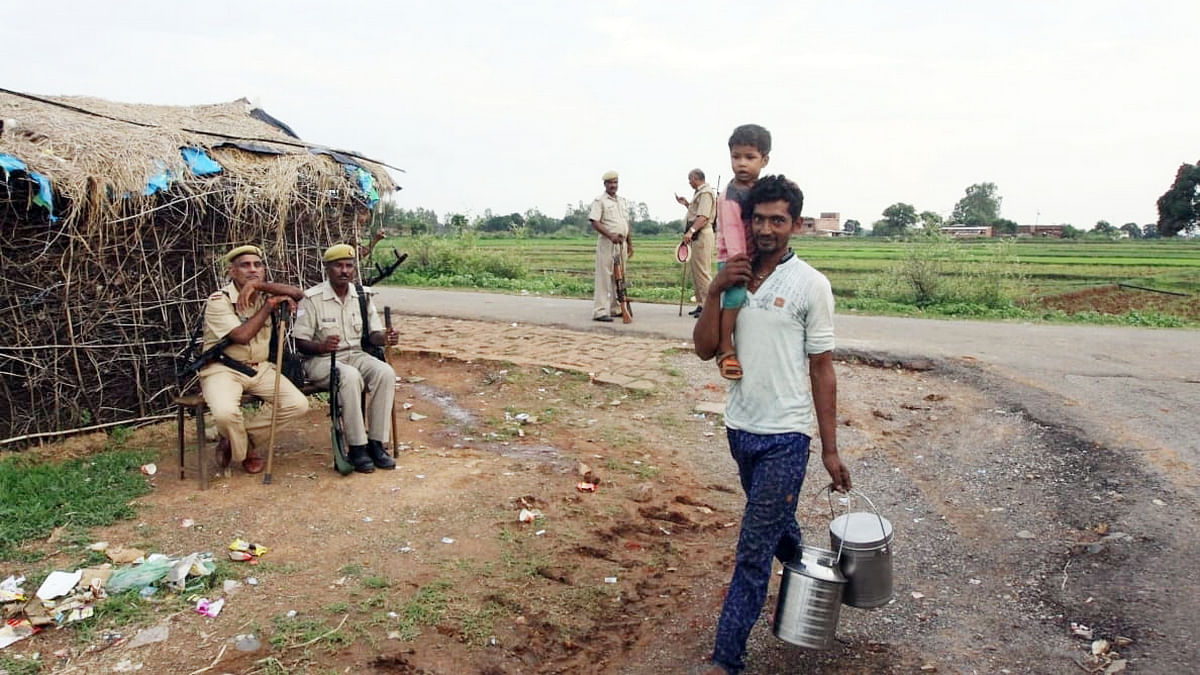
“Sonbhadra is a revenue-earning district, even as it remains poor. Revenue-level officers are bribed by politicians or moneyed persons to grab land in their name, but if a district magistrate objects, he is often transferred,” Darapuri said.
Two retired IAS officers who served in Uttar Pradesh told ThePrint that the high turnover could be either due to threats from politicians or ineffective governance.
“I used to jokingly say, till 2010, that the only successful industry in UP is the transfer industry for bureaucrats,” said one former officer.
Even worse is Sonbhadra’s unique position on the map: It is nestled between four other states, sharing borders with Madhya Pradesh, Jharkhand, Bihar and Chhattisgarh, making it susceptible to cross-migration, and difficult to govern.
“In the 1950s, when the area was known to have valuable land, people from across the borders started coming in and claiming the land for themselves, even if they had no legitimate basis to. Between corrupt revenue officers, changing land laws and the creation of Sonbhadra from Mirzapur, a lot of information went missing,” said Nityanand Dwivedi, the lawyer representing the Gond community, whose members were killed in the dispute.
One such piece of missing information is a document from 1955 that would confirm that Maheshwari Narayan Sinha, a relative of former UP governor and former Indian ambassador to Nepal C.P.N. Singh, had acquired 463 bighas of the disputed land legally. Sinha came from a wealthy zamindari family from the neighbouring state of Bihar.
“He set up a fraudulent society on this land, called the Adarsh Cooperative Society, and the tribals working on that land were forced to pay him a fee for working on the land,” Dwivedi added.
After his death, Sinha’s daughter and granddaughter sought to sell the land to the Gujjar pradhan, Yagya Dutt, and succeeded in 2017, with what Dwivedi calls forged documents. ThePrint asked the Sinha family for a comment, but they declined.
The final blow was delivered in July by district magistrate Aggarwal, who approved a mutation certificate in Dutt’s name, despite his predecessor Amit Kumar Singh refusing to do so a year before.
Eleven days after he was granted the certificate, the pradhan moved to forcefully claim the land, accompanied by 20 tractors and 70 to 100 men from his family.
“We saw all these tractors approaching our village, so we readied ourselves with lathis and rushed to the spot where they halted. Then they opened fire,” said Basant Lal, a witness to the crime on 17 July.
His neighbour Nanku Singh Gond, who lost his son Ashok in the shooting, said he watched from the sidelines as the massacre took place. “We never expected our own pradhan to turn against us this way,” he said.
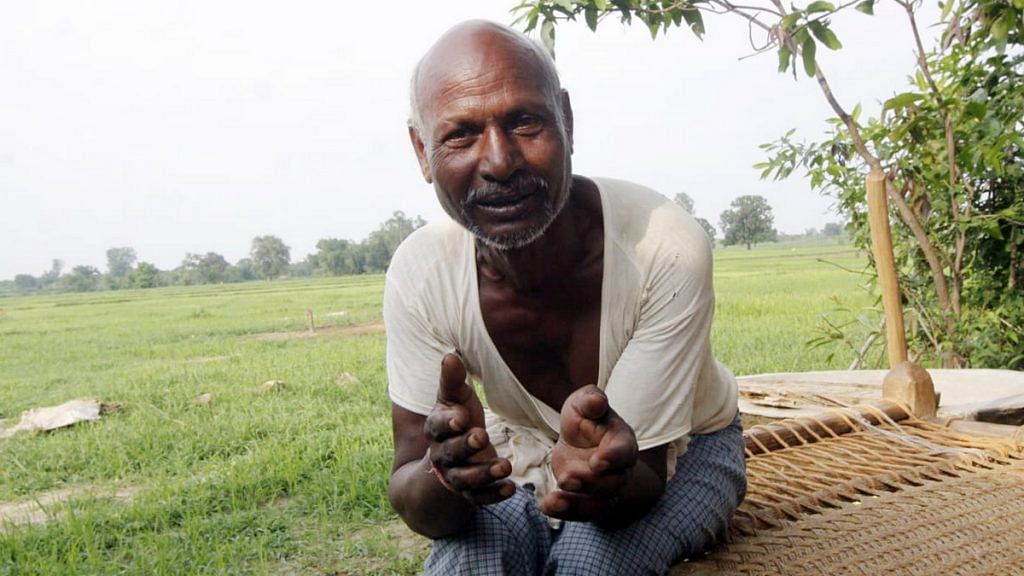
As shrieks filled the air, tens of those injured and dying ran to the house closest to the site of the massacre for shelter. “If it weren’t for our house,” said a woman who chose not to disclose her name, “even more would have died. At least another 10.”
An ugly legacy
Days after the incident, it was reported that a retired forest services officer, A.K. Jain, had filed a report in 2014, alleging over one lakh hectares of forest and government land in the district had been sold off to “individuals, bureaucrats and politicians” in the name of various trusts and societies.
Around Ubha, villagers find themselves battling similar disputes. About 5km away, in Parsauna village, Kanta Kol said the higher-caste Baiswars were emboldened by the Gujjars, and were now threatening his community with bullets too. Another 15km away, in Bisundhari, the sub-divisional magistrate and local authorities are trying to quell similar caste tensions over land, as are the ones in Babhani, 3km away.

As the sun sets, darkness creeps over the area. In the midst of India’s power capital, Ubha got its first experience of electricity on the eve of the CM’s visit after the massacre, on 21 July.
“They hastily set up some electric rods for the road, and gave 10 houses electricity. But the rest of the village doesn’t have it,” said Basant Lal. “Before the CM’s visit, we didn’t have electricity at all.”
The village is gripped by fear in the aftermath of the killings — the Gonds don’t venture close to the pradhan’s territory, even though he and 43 other members of his family, among others, are in jail.
Instead, they go about tilling the same piece of land they have worked for years and years. It looks like business as usual. Nothing about the land betrays the violence it has witnessed.
Also read: Hard fact: Despite quotas, Dalits, tribals are nowhere in Delhi’s corridors of power


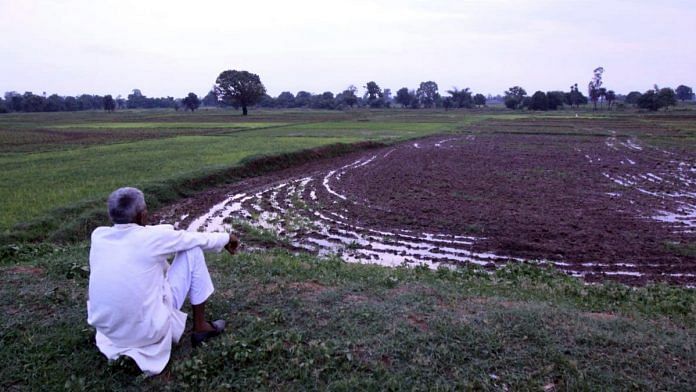

Nice reporting